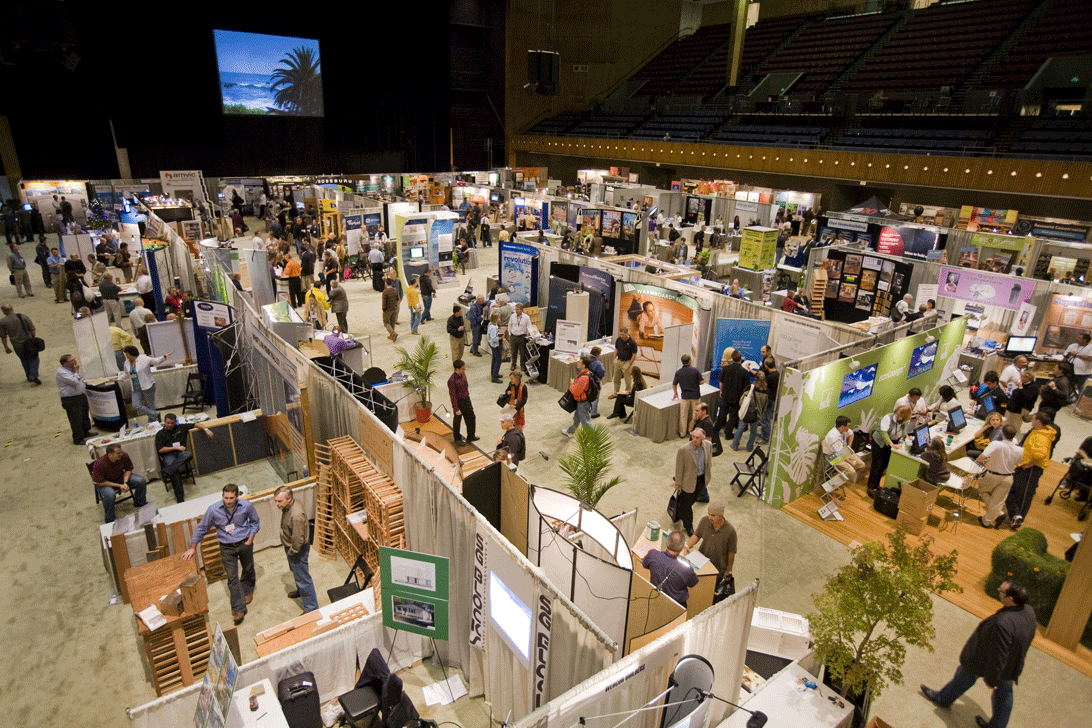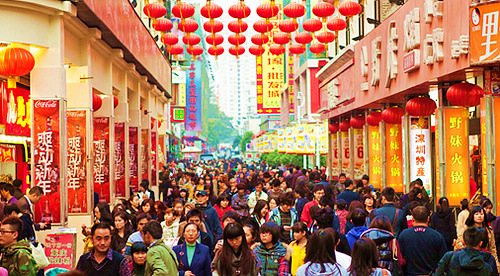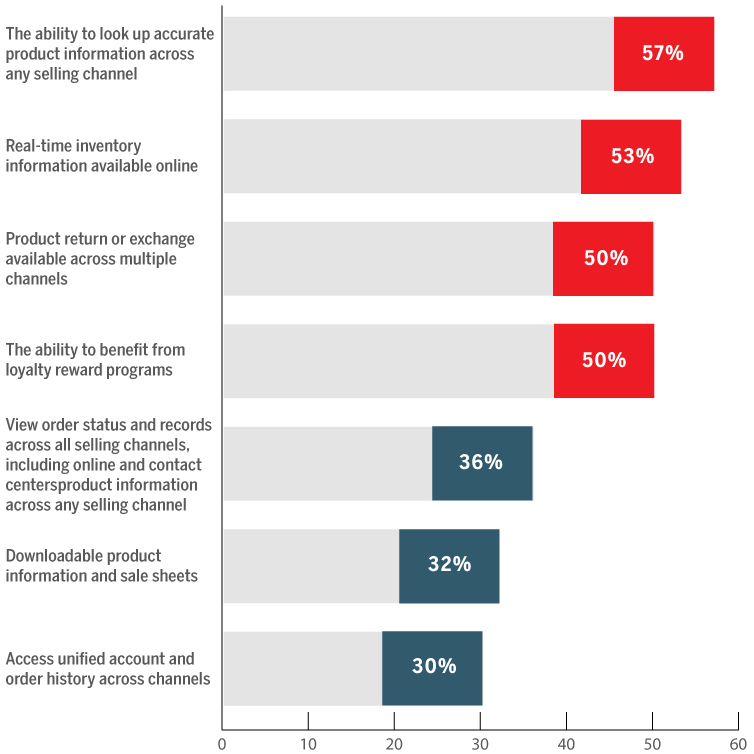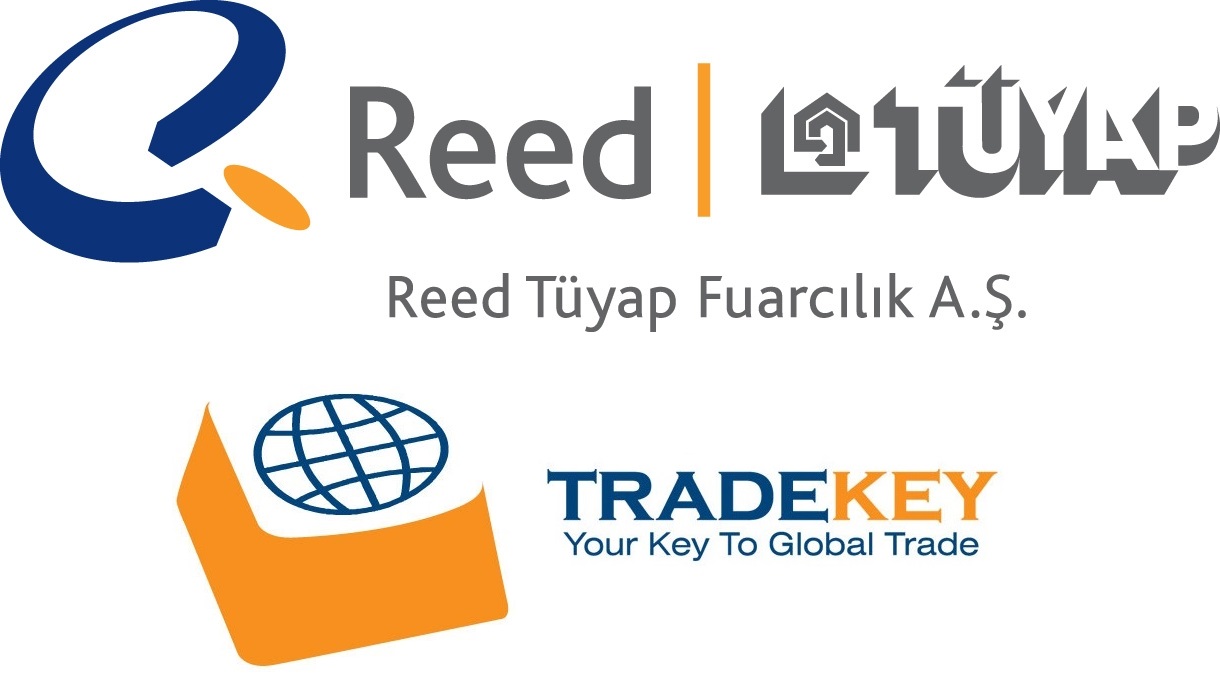Author: Muhammad Ahsan Siddiqui ![]()
Wool in China:
Wool is considered as the luxurious and lavish product in Textile and Garment Industry. China and Australia comes first in the mind when we talk about the quality wool and these countries are also the largest producer of wool and exporting in different region of the world. Nevertheless, there are also so many other countries who are dealing in wool but they have no competition with China or Australia. China itself importing a massive amount of wool from Australia and on the other hand Australia’s biggest export of wool is in China.
Removing the International Boundaries:
Moreover, China does not solely import wool only from Australia but there are also some other countries from which China imports wool and fulfill its requirement. Below is the data which is taken from customs administration shows the imports statistics of China of wool in 2015 till October:
| Region | 2015 Stats | Unit |
| World | 2982.55 | Mil$ |
| 357.29 | 1000 MT | |
| Australia | 1348.96 | Mil$ |
| 149.54 | 1000 MT | |
| New Zealand | 291.91 | Mil$ |
| 57.25 | 1000 MT | |
| Italy | 208.85 | Mil$ |
| 7.51 | 1000 MT | |
| South Africa | 171.98 | Mil$ |
| 18.07 | 1000 MT | |
| Japan | 126.57 | Mil$ |
| 3.71 | 1000 MT | |
| China | 164.22 | Mil$ |
| 11.66 | 1000 MT |
However, these trades’ activities are bringing these countries together in International trade and now China has become one of the most important Trade Partner with Australia in Wool Industry. Furthermore, with the correspondence of Wool Producers, Australian Government has also taken many steps for the betterment of this Industry. China is always very strong in wool industry, because the wool that China is processing is utilizing as a raw material for many companies within China and as well as China is also exporting this to different countries including Turkey, Italy, Iran and other. Because of these International trades of China, China is now not only becoming the market leader but also fulfilling the demand of many countries.
Chinese Re-Imports:
How China is importing products from China? It can be explained as that China is importing its products again. Approximately, above 90% of China’s import’s goods are produced in China and because of the geographic and transportation facilities of Guangdong with Hong Kong these products are exported to Hong Kong and 73% of these re-Imported products are used in inwards processing because, products which are entered for processing trade are not liable to pay import duties. This re-import is because of the Business management of multinational organizations and their distribution channels are often present in Hong Kong.
 Environmental Constraints Impacting on Production:
Environmental Constraints Impacting on Production:
As we all know that surrounding impacts the system and there are several factors which are directly or indirectly effecting on the production of wool but the top most factor is Environmental. Environmental factor effects population and quality of wool big time. Adverse environment is not only impacting on the population of sheep but on the quality of wool as well. In 2005, the wool production was reduced approximately to 6-8 millions merino wool in china and by the result of this, China could only produce approximately about 18,000 tons of wool. Therefore, China needed to import raw wool from Australia to balance the demand which is raised by other international companies those who utilized wool fabric as their raw material to manufacture Garment. However, the wool industry of China and Australia are also interdependent because if China sustains its position to re-export finished wool products back to international markets it will automatically fulfill the supply of wool from Australia. Below is the data taken from Customs Administration shows Chinese exports of wool yarn, garments, etc in 2015 till October by country, including Australia:
| Region | 2015 Stats | Unit |
| World | 1,932.06 | Mil$ |
| 104.82 | 1000 MT | |
| Australia | 12.79 | Mil$ |
| 0.94 | 1000 MT | |
| New Zealand | 10.19 | Mil$ |
| 0.73 | 1000 MT | |
| Italy | 273.92 | Mil$ |
| 10.48 | 1000 MT | |
| South Africa | 1.00 | Mil$ |
| 0.06 | 1000 MT | |
| Japan | 194.88 | Mil$ |
| 11.26 | 1000 MT | |
| China | 164.22 | Mil$ |
| 11.66 | 1000 MT |
The Wool Textile Industry of China had also faced some economical pressure because the trend is shifting towards a new change and new entrants including State Own Enterprises (SOE’s) are launching their products and taking over the markets. To sustain its position in the market, China has not any other option than to bring a competitive edge in its production. This competition was not within China but this was a global competition and for this China has to come up with a globally competitive edge. However, at that time textile industry was not completely saturated and this was the time for china to identify its opportunity. At the same time, China was also penetrating and expanding its market. Since, China has identified the market gap and to fulfill the demand of the market china has came up with a new business model and in which it covered a wide range of products. China Solely took the advantage from this and introduces new products including Quality Wool Yarn, Blended Yarn, Wool Shoes, Wool Throw and other.

Improvising the Concept of Quality:
The leading brands in the industry of textile are now more focusing on the quality of the wool and to meet the standards of the markets. China is now more focused on improving the quality of its product while keeping the prices low. For this, China is now paying more attention towards its Supply Chain Process.
- Intermediary traders who do not have knowledge about the specification are now being eliminated.
- Keeping the Strong Collaboration and relationship with other countries.
- Different Trade Agreements were executed to develop the economy of the country.
Moreover, different measures and testifying standards have now been created to make the product up to demand of markets. In China, it is important to inspect the goods including Wool and different rules and regulations have been created by AQSIQ which also known as CIQ and has their own testing parameters for the testing of wool so that China can now fulfill the requirements of the industry more effectively.
The Chinese Ministry of Commerce (MOC) has also decided impose import quota to avoid any complexity. The new entrants and new operational companies who has competency of processing more than 5,000 tons are eligible to apply for the import quota but due to limited import quota, Chinese Ministry and other authorities will allocate this quota on the basis of first come, first serve till than the quota is filled. The above policies and strategies will help the Chinese authorities to not only maximize its output but also assist them to improve their quality efficiently.
Want to know how you will increase your imports and exports?
Contact our buyer consultant
or
Join TradeKey and fill out the form














